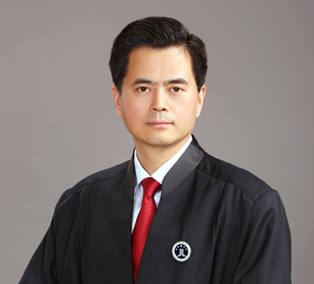EU court upholds invalidation ruling based on Staropramen TM
The EU General Court today affirmed a European Union Intellectual Property Office (EUIPO) decision to invalidate a trademark for a Czech Republic-based brewery.
In April 2010, Staropilsen filed an application at the EUIPO for the word sign ‘Staropilsen; Staroplzen’ for beers, non-alcoholic drinks, syrups and other preparations for making beers.
The EUIPO registered the mark in November 2010.
In October 2015, competing Czech Republic-based brewery Pivovary Staropramen asked the EUIPO to declare that Staropilsen’s mark was invalid. The application was based on three earlier marks for ‘Staropramen’, also covering beers.
Pivovary Staropramen claimed there was a likelihood of confusion due to the similarity of the trademarks and the goods that they offer.
The Cancellation Division granted the application for a declaration of invalidity in December 2016.
Staropilsen appealed against the decision in January 2017 at the EUIPO.
The EUIPO’s Fourth Board of Appeal dismissed the appeal and ruled that the Cancellation Division was correct in granting the invalidation.
According to the appeal board, the relevant public would display an average, but not minimal, level of attention to the marks as they would not speak a Slavic language.
The General Court pointed out that the disputed mark combines the terms ‘staro’—which derives from the Czech word ‘stary’, meaning ‘old, traditional’—and ‘Pilsen’ or ‘Plzen’, “which are both equivalent language versions referring to the Czech city of Plzeň”.
Staropilsen criticised the board’s findings, and argued that the average beer consumer is “well informed” and able to distinguish between production breweries. It also said that that the board’s decision is unclear as the relevant English and German-speaking public would understand the words ‘pilsen’ and ‘plzen’.
The General Court said that even if English and German speakers did recognise the words, it would not be enough to avoid a likelihood of confusion.
Staropilsen also argued that the visual and phonetic comparisons were performed incorrectly as the board did not take into account that its trademark comprised two words.
The General Court said that because the words are separated by a semicolon and are in two different language forms, the relevant public would split the mark in two and focus on one of the two words. Instead of repeating the words, they would only pronounce the word that is closest to their mother tongue.
The first part of the marks in dispute are identical as they both contain the wording ‘Starop’ and both end in ‘en’, said the General Court. “Consequently, the signs at issue are visually similar to a high degree,” it concluded.
Furthermore, the signs have the same rhythm when pronounced, said the General Court. As a result, it ruled that the signs are phonetically similar.
The General Court dismissed Staropilsen’s appeal and ordered it to pay the costs.
-
Previous:
-
Next:
- How to conduct similarity assessments






